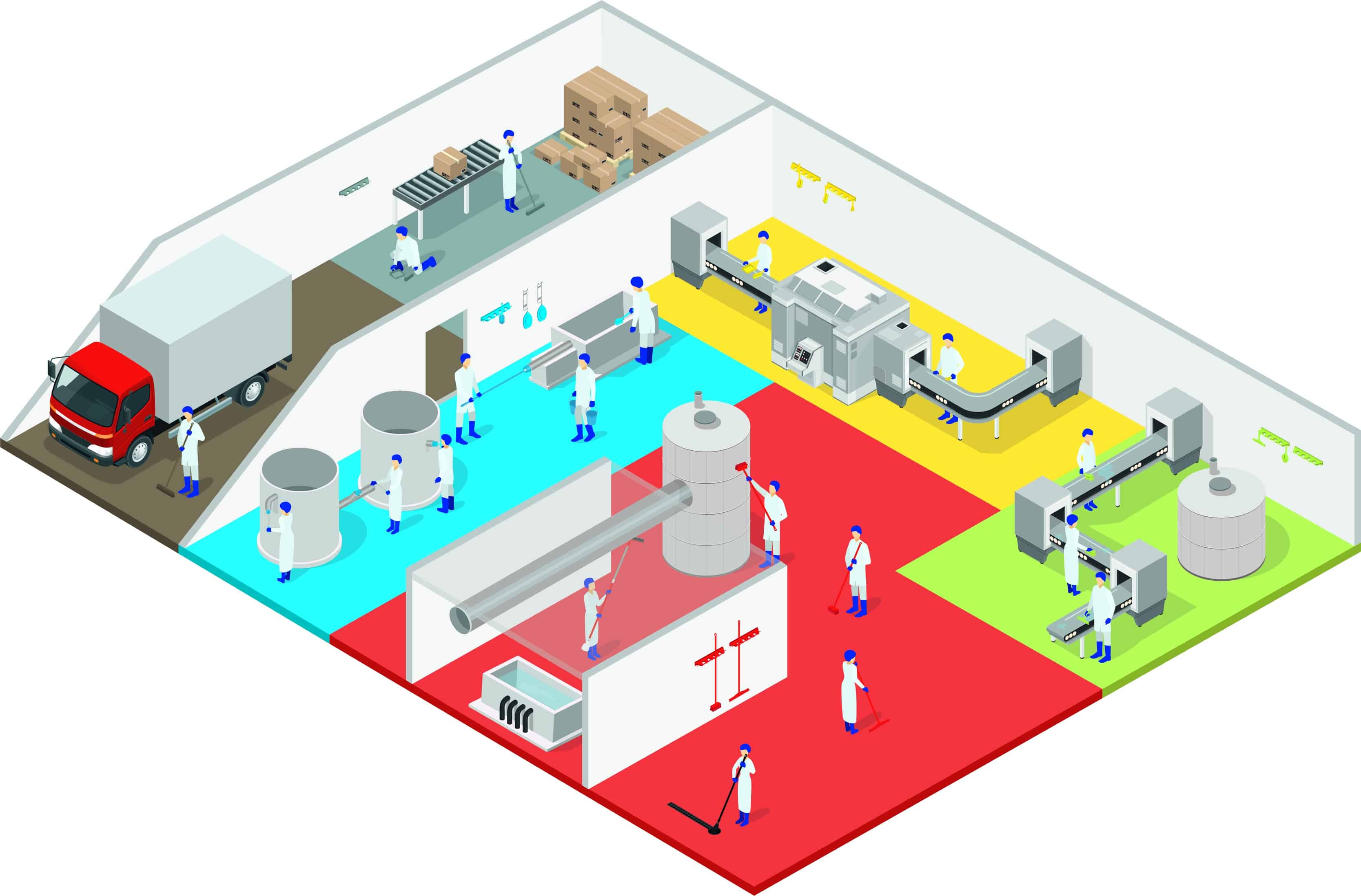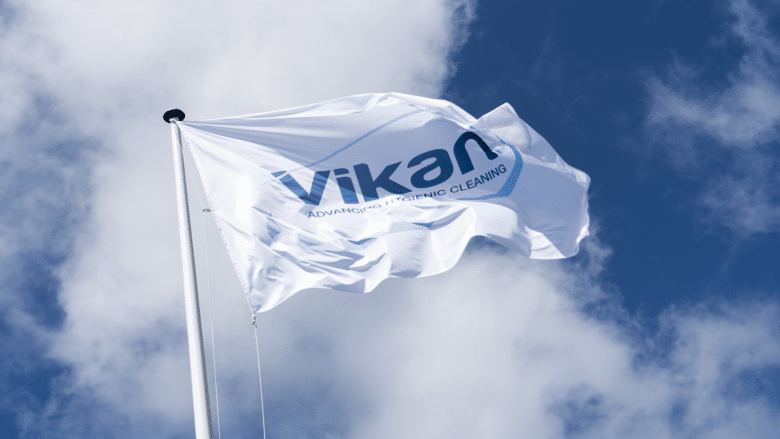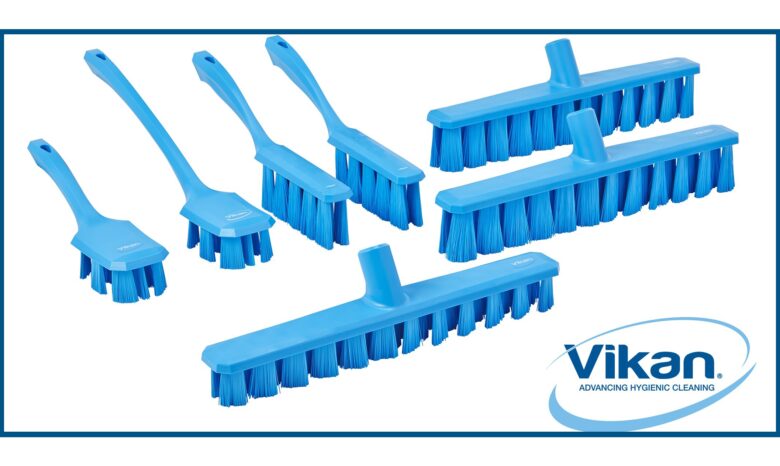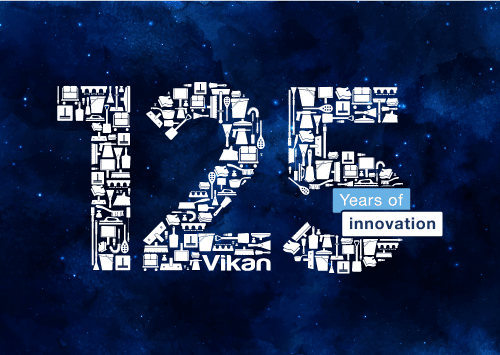
Increase food safety with colour coding
The food industry is subject to strict regulations to guarantee food safety. A colour coding system can play a crucial role in meeting these standards and preventing cross-contamination. Find out how this simple approach can improve the safety of your food products while helping you comply with GFSI (Global Food Safety Initiative) standards.
Why is colour coding essential in the food industry?
It is essential to carefully separate the different stages of the process to avoid cross-contamination in food manufacturing and processing facilities. For example, in meat processing plants, colour coding is commonly used to distinguish raw from cooked meat, or raw and semi-processed foods from the finished product.
GFSI-recognised food standards such as BRC, FSSC22000, IFS and SQF require specific measures to prevent contact and cross-contamination. Colour coding is an ideal solution for meeting these requirements. The BRC standard in particular requires cleaning tools to be clearly identified according to their intended use, often using a colour coding system.
The main advantages of colour coding
The use of colour coding in the food industry is of paramount importance, not only for the smooth running of operations, but also for food safety. It offers a visual and systematic approach that improves your manufacturing and preparation processes:
How to set up a colour coding system
Do you think you need to use colour codes in your workplace, but don’t know how to go about it? Here are a few tips to get you started:
- Contrast and visibility: Use high-contrast colours to allow easy detection of plastic or fibre residues in food, making sure that the colours are recognisable even for colour-blind people.
- Simple and logical: Avoid complicated colour combinations. Limit the number of colours to avoid confusion and make sure your colour choices are logical and intuitive.
- Display and communication: Use clear signage to accompany your colour coding system. Use images or text in several languages if necessary.
- Communication and training: Communicate your plan to all staff, meet with team leaders to explain the system and present the programme to all employees.
- Colour selection : Choose colours that meet all your cleaning and food handling needs. Use standard colours in large areas and reserve other colours for high-risk areas.
- Tool storage: Make sure that tools are stored in the area where they are used, using the same colour code. Use tool panels or wall brackets for easy storage.
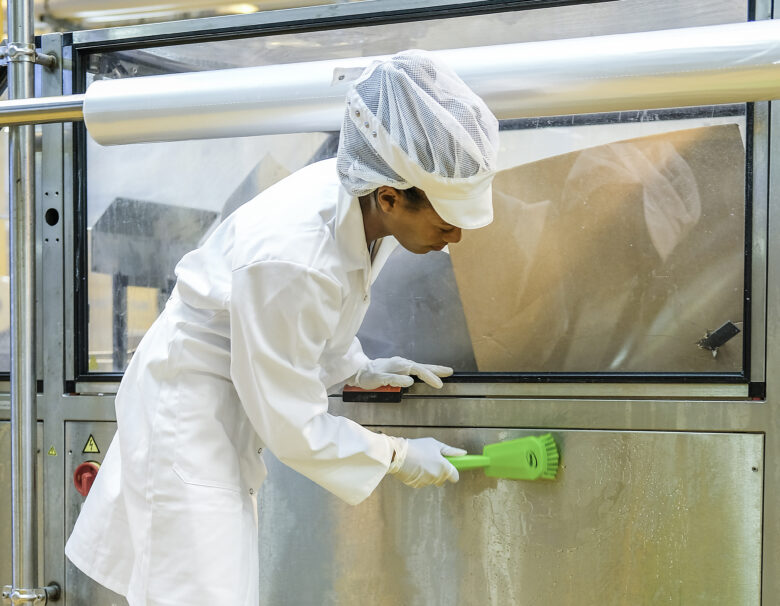
Pollet can help you set up your colour coding system
By adopting a colour coding system for cleaning equipment in the food industry, you can improve food safety, reduce costs and demonstrate your commitment to quality.
If you’d like to find out more about setting up such a system in your business, or if you have any further questions, please don’t hesitate to contact our professional cleaning experts.

